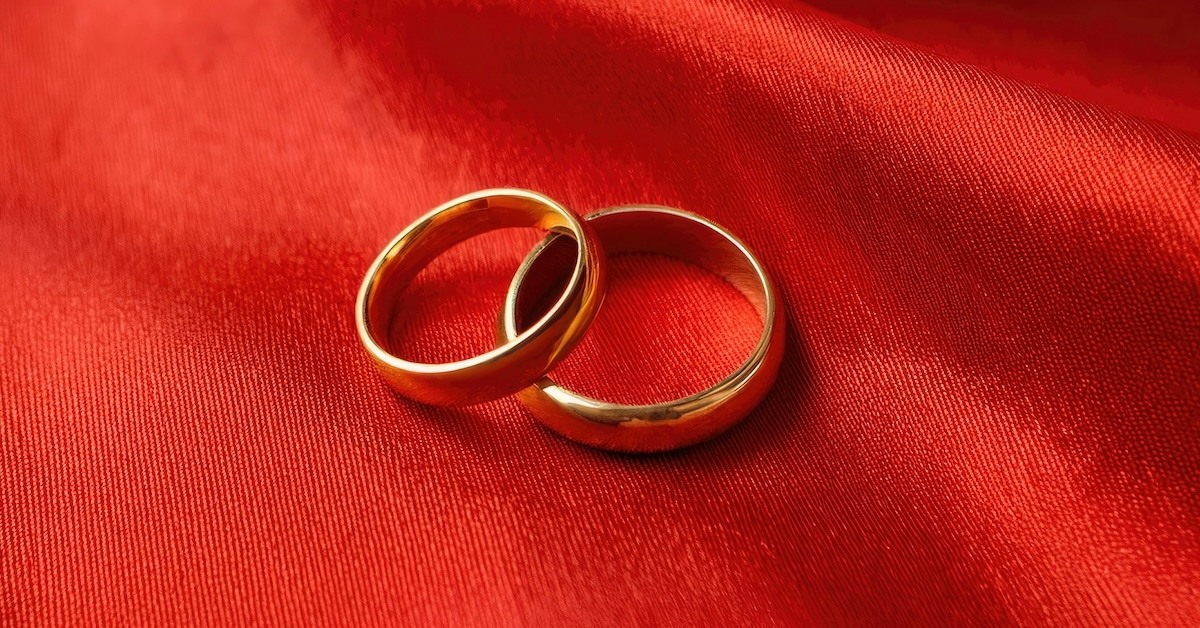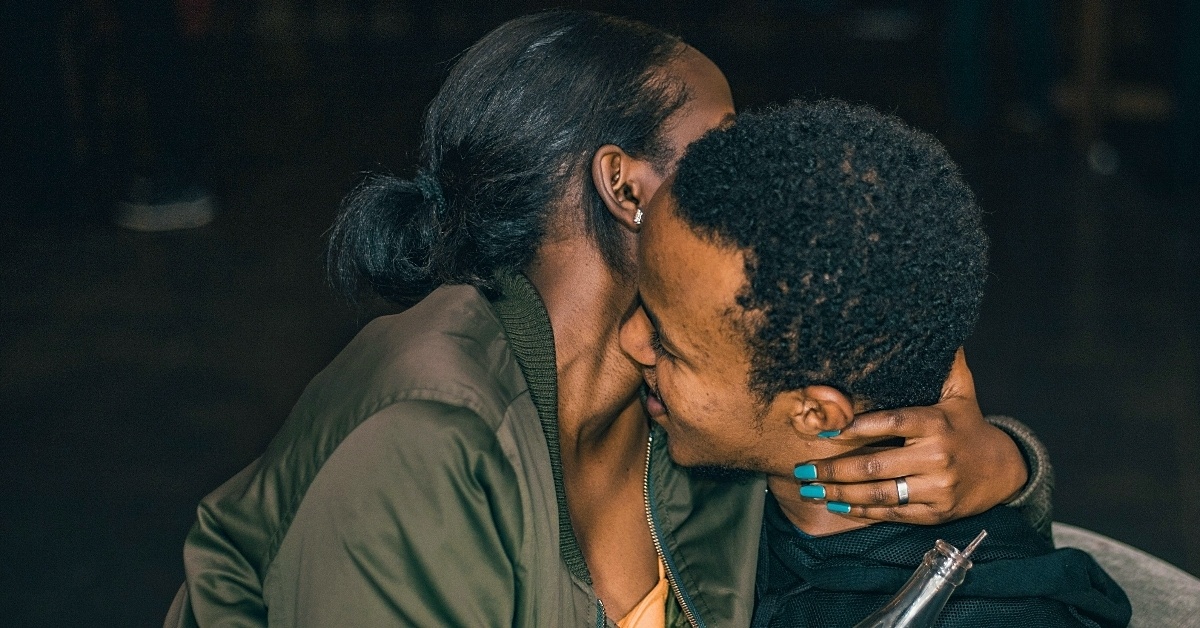BY: Walker
Published 4 years ago

Jamaica is seeing a shortage in marijuana, caused by heavy rains and a subsequent drought, a boost in consumption, and fewer marijuana farmers.
via: Associated Press
Jamaica is running low on ganja.
Heavy rains followed by an extended drought, an increase in local consumption and a drop in the number of marijuana farmers have caused a shortage in the island’s famed but largely illegal market that experts say is the worst they’ve seen.
“It’s a cultural embarrassment,” said Triston Thompson, chief opportunity explorer for Tacaya, a consulting and brokerage firm for the country’s nascent legal cannabis industry.
Jamaica, which foreigners have long associated with pot, reggae and Rastafarians, authorized a regulated medical marijuana industry and decriminalized small amounts of weed in 2015.
People caught with 2 ounces (56 grams) or less of cannabis are supposed to pay a small fine and face no arrest or criminal record. The island also allows individuals to cultivate up to five plants, and Rastafarians are legally allowed to smoke ganja for sacramental purposes.
But enforcement is spotty as many tourists and locals continue to buy marijuana on the street, where it has grown more scarce — and more expensive.
Heavy rains during last year’s hurricane season pummeled marijuana fields that were later scorched in the drought that followed, causing tens of thousands of dollars in losses, according to farmers who cultivate pot outside the legal system.
“It destroyed everything,” said Daneyel Bozra, who grows marijuana in the southwest part of Jamaica, in a historical village called Accompong founded by escaped 18th-century slaves known as Maroons.
Worsening the problem were strict COVID-19 measures, including a 6 p.m. curfew that meant farmers couldn’t tend to their fields at night as is routine, said Kenrick Wallace, 29, who cultivates 2 acres (nearly a hectare) in Accompong with the help of 20 other farmers.
He noted that a lack of roads forces many farmers to walk to reach their fields — and then to get water from wells and springs. Many were unable to do those chores at night due to the curfew.
Wallace estimated he lost more than $18,000 in recent months and cultivated only 300 pounds, compared with an average of 700 to 800 pounds the group normally produces.
Activists say they believe the pandemic and a loosening of Jamaica’s marijuana laws has led to an increase in local consumption that has contributed to the scarcity, even if the pandemic has put a dent in the arrival of ganja-seeking tourists.
“Last year was the worst year. … We’ve never had this amount of loss,” Thompson said. “It’s something so laughable that cannabis is short in Jamaica.”
Tourists, too, have taken note, placing posts on travel websites about difficulties finding the drug.
Paul Burke, CEO of Jamaica’s Ganja Growers and Producers Association, said in a phone interview that people are no longer afraid of being locked up now that the government allows possession of small amounts. He said the stigmatization against ganja has diminished and more people are appreciating its claimed therapeutic and medicinal value during the pandemic.
Burke also said that some traditional small farmers have stopped growing in frustration because they can’t afford to meet requirements for the legal market while police continue to destroy what he described as “good ganja fields.”
The government’s Cannabis Licensing Authority — which has authorized 29 cultivators and issued 73 licenses for transportation, retail, processing and other activities — said there is no shortage of marijuana in the regulated industry. But farmers and activists say weed sold via legal dispensaries known as herb houses is out of reach for many given that it still costs five to 10 times more than pot on the street.
2020 really ruined everything, who would have imagined that Jamaica would be at risk of running out of weed.










